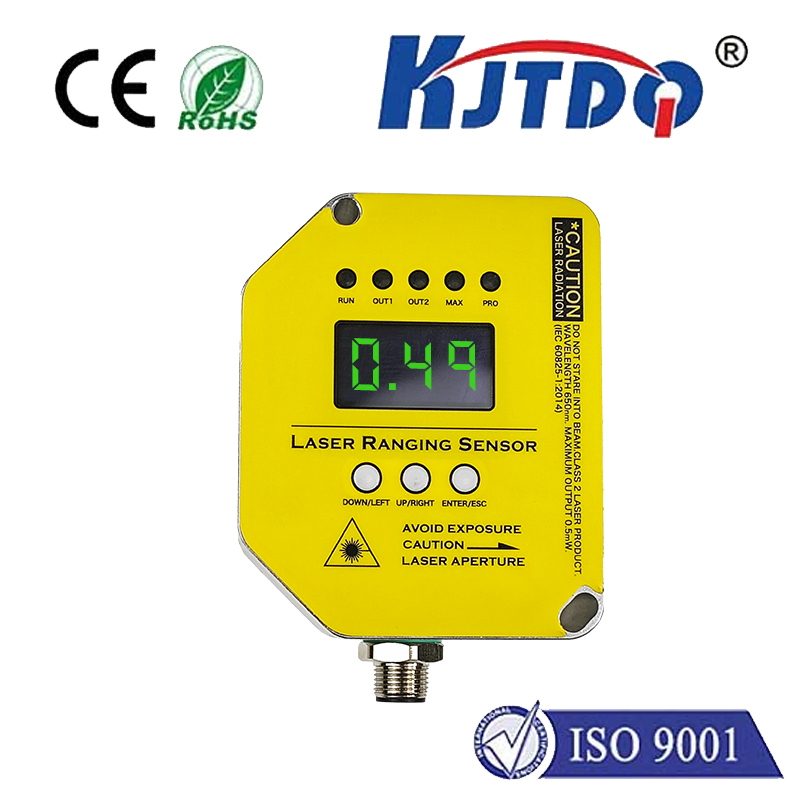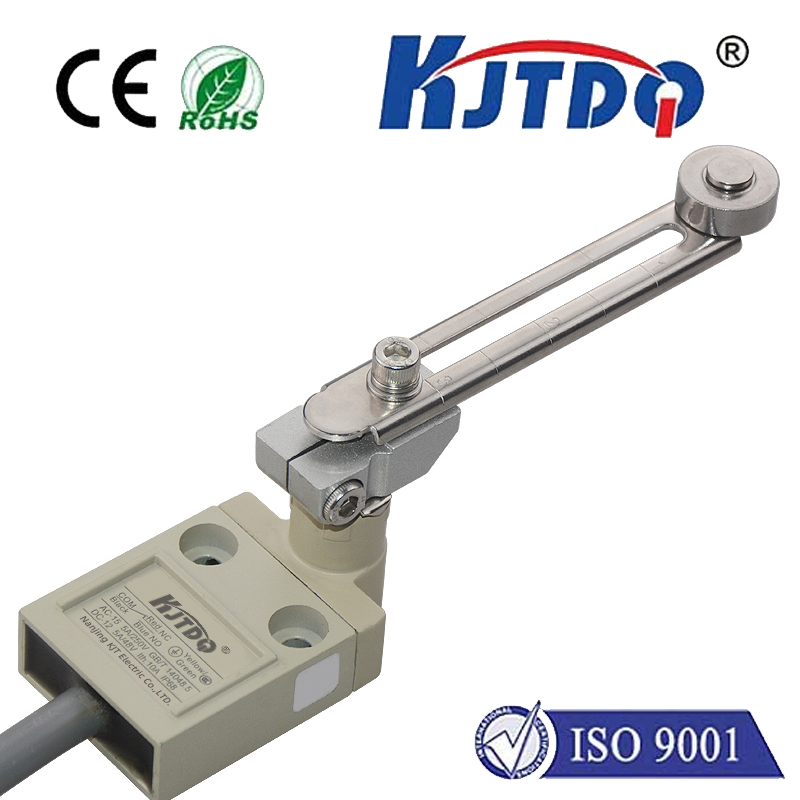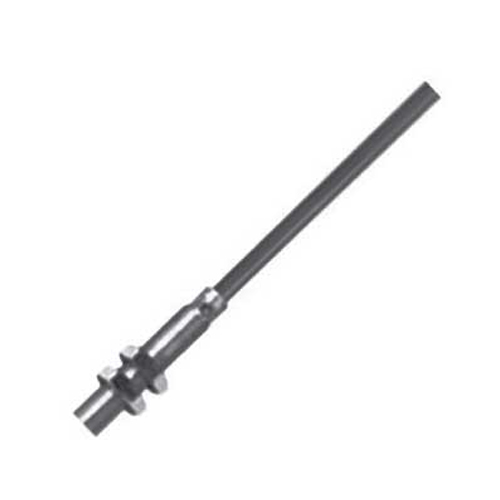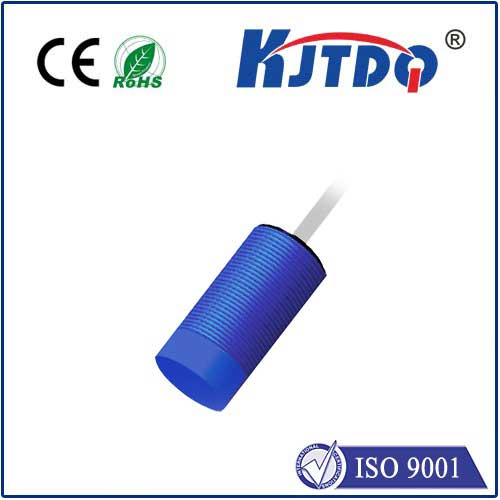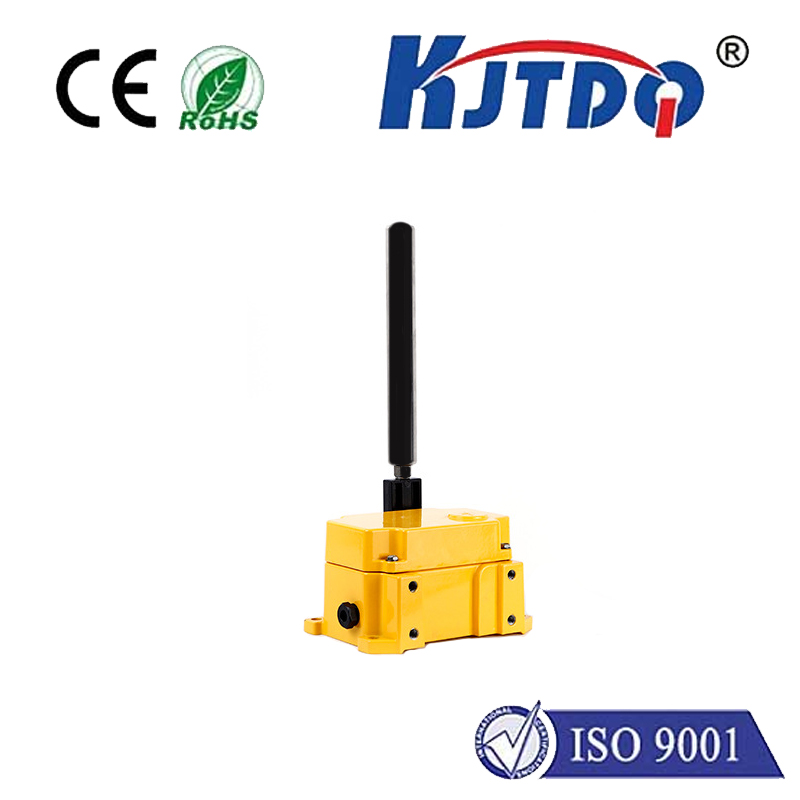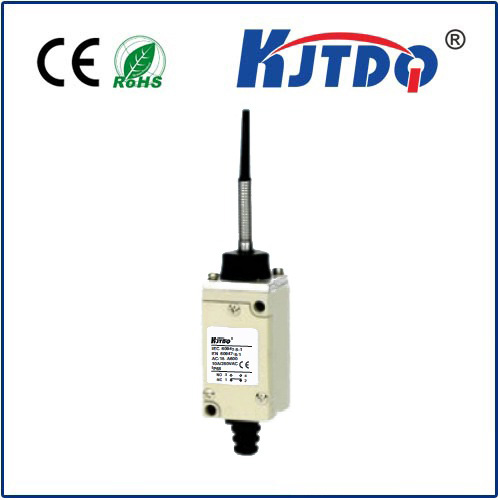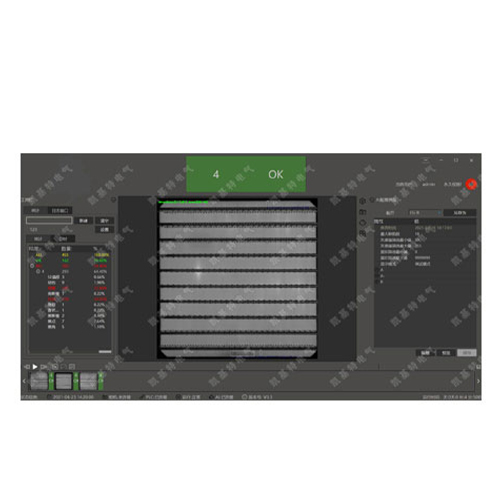

check

check

check

check
Precision pressure measurement lies at the heart of countless modern systems, from ensuring automotive engine efficiency to safeguarding patient health in medical devices and optimizing industrial processes. In this intricate landscape, the PN7594 pressure sensor emerges as a reliable and versatile component, engineered to deliver accurate readings across diverse and often challenging environments. Understanding its capabilities is crucial for engineers and integrators seeking dependable performance.
More Than Just a Sensor: Understanding the PN7594
The PN7594 designation typically refers to a specific model or series of piezoresistive pressure sensors, often leveraging sophisticated MEMS (Micro-Electro-Mechanical Systems) technology. At its core, this sensor translates the physical force exerted by a gas or liquid (pressure) into a measurable electrical signal. This conversion is achieved through minute silicon structures whose electrical resistance changes predictably under strain. This fundamental principle allows the PN7594 to act as the critical sensory interface between the physical world and digital control systems.
Key Features and Technical Specifications

While exact specifications can vary slightly depending on the manufacturer and specific variant, the PN7594 series generally encompasses several defining characteristics that make it a popular choice:
Where Precision Matters: Applications of the PN7594
The blend of accuracy, digital convenience, robustness, and compact size positions the PN7594 pressure sensor as a prime solution across numerous sectors:
The Advantage of Digital Integration and Calibration
The integrated nature of the PN7594 pressure sensor module provides significant advantages over purely analog predecessors. The on-chip signal conditioning performs tasks like amplification and filtering, while sophisticated calibration data stored within the sensor allows the digital output to deliver highly accurate, temperature-compensated pressure readings directly. This significantly reduces engineering effort, minimizes component count, accelerates time-to-market for OEMs, and enhances overall system reliability by reducing potential points of failure associated with external signal processing.
Reliability in Harsh Environments
Beyond its core sensing capabilities, the PN7594 is often designed with operational longevity in mind. Resistance to common environmental stresses like thermal cycling, mechanical shock, and vibration ensures consistent performance over extended periods. Materials chosen for wetted parts (parts in contact with the measured medium) are typically compatible with a range of non-corrosive gases and liquids, widening its applicability.
Conclusion
The PN7594 pressure sensor represents a mature yet continually refined technology solution for precise pressure measurement needs. Its combination of high accuracy, inherent temperature stability, convenient digital interfaces (I²C/SPI), compact dimensions, and proven robustness make it an indispensable component across a vast spectrum of industries. Whether ensuring the safety of medical equipment, optimizing energy use in HVAC systems, enabling smarter automotive functions, or monitoring critical industrial processes, the PN7594 stands as a testament to the power of integrating sophisticated MEMS sensing with intelligent digital signal processing. When pressure monitoring demands reliability and precision within a compact, easy-to-integrate package, the PN7594 consistently emerges as a front-runner solution, translating physical force into actionable data with unwavering fidelity. Its performance underpins efficiency and safety in countless applications every day.
